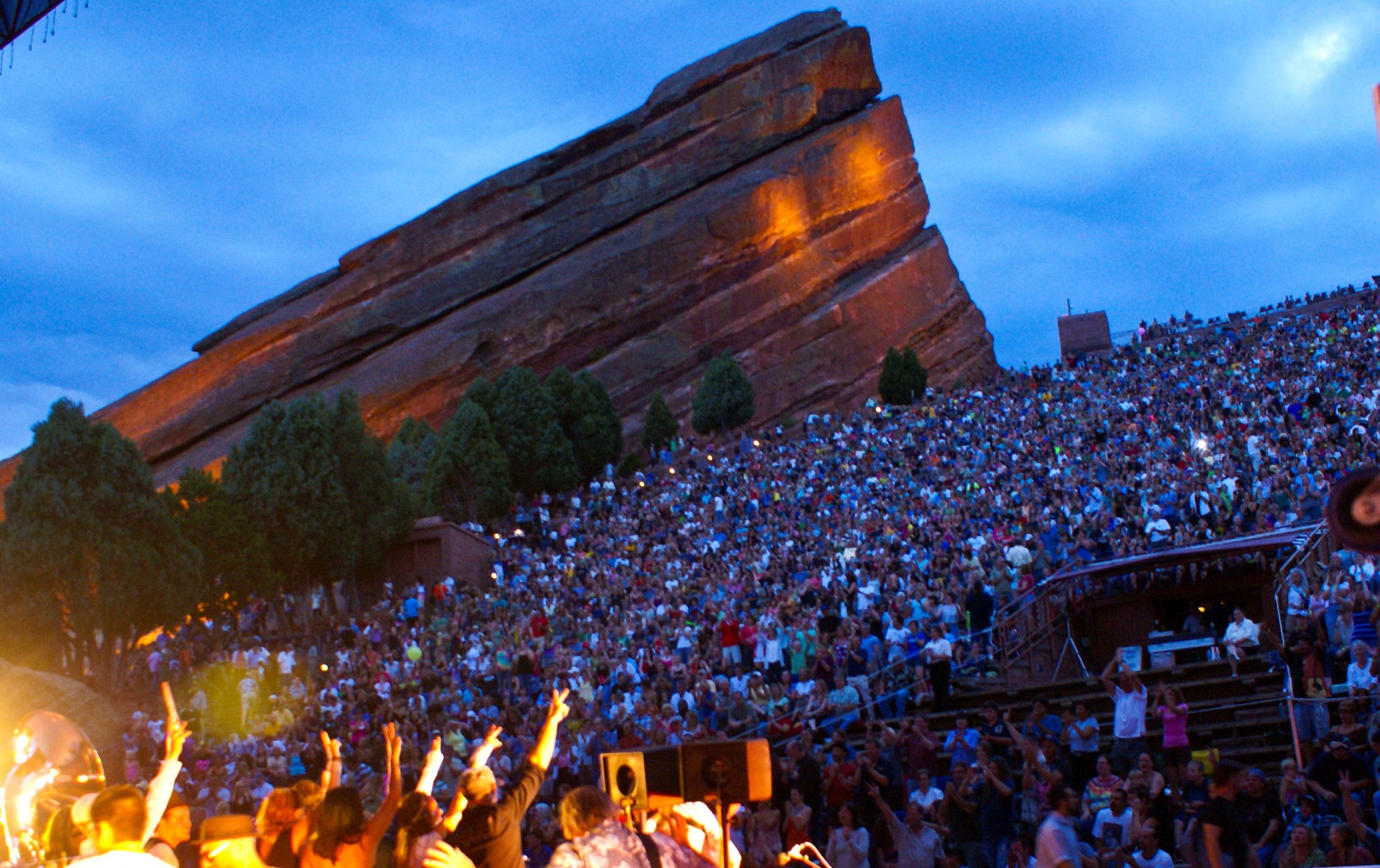5 Things Musicians Should Know About the Right of Publicity:
● The “right of publicity” is the right to control the commercial exploitation of an individual’s name, likeness, or other personal indicia like voice or signature.
● The right of publicity is protected by state, not federal law, and depends on whether a particular state has a statute that enforces the right or whether judges have recognized the right exists in that particular state.
● An individual may assign his or her right of publicity to a third party, such as a band’s corporation.
● There are some instances in which the right-of-publicity consent of an individual won’t be needed, such as for a company that is producing a documentary film about an event of public interest in which the individual was involved.
● Colorado has no right of publicity statute, but judges recognize that an individual may bring a Colorado “common law” misappropriation claim to bar unauthorized uses of elements of an individual’s persona.
# # #
5 Things Musicians Should Know About Band Names and Trademarks
● A “trademark” constitutes a name, phrase, word or symbol—like a band name or logo on an album—that identifies the provider of a product. A “service mark” applies to a provider of services such as a band that performs concerts.
● State law protects trademarks but to a lesser extent than wider-ranging federal law. Federal trademark and service mark registrations are filed with the U.S. Patent and Trademark Office (www.uspto.gov) and apply to uses in interstate commerce. There are different registration categories for different types of trademark uses (e.g., for with sound recordings or for uses on apparel).
● Band names that are used in interstate commerce may be protected under the federal Lanham Act, even if the band name hasn’t been registered with the federal Trademark Office.
● Bands can set out in their intra-band agreement who in the group has rights in the band name. For example, this could be an equally shared right among all members of the band or rights in the band name could belong to the senior, founding members of the group and not new members who later join the band.
● Trademark infringement disputes over band names typically center on whether there is a likelihood of consumer confusion between the plaintiffs’ band name and the defendants’ use of a similar band name.
By Stan Soocher, J.D.
These materials © 2015 Stan Soocher. All rights reserved. Used with permission.
* * * * *
BILLBOARD’S POWER 100 SHAMES THE MUSIC BIZ – AND SHOULD WORRY US ALL
Universal boss Lucian Grainge is No.1 on Billboard’s latest Power 100 list. The Top 10 is entirely made up of white men. Just 9% of the list are women. Go music industry. (MBW)
Outrage over perceived prejudice is a strong currency online.
If you’re red in the face with indignation, it’s far easier to come by clicks, follower and Likes.
MBW is careful of this stuff, because it usually doesn’t do anyone any good.
Although it can be fun to read, all fabricated exasperation often achieves is a lessening of impact when genuine inequity is displayed.
This is one of those times.
Here are some alarming facts about the latest Billboard Power 100 list:
* The entire Top 10 is made up of white men
* Women comprise just 9% of the list
* A non-white face doesn’t appear within the entire Top 30
Segmenting the new Power 100 by race throws up the most troubling results.
This is an arguable take, and a nuanced one at that: if you count white Hispanics as white people, then there are just two non-white faces in the Top 50: Warner/Chappell CEO Jon Platt (No.31) and OVO founder Oliver El-Khatib (No.47).
Using this rationale, just 7.8% of the entire Top 100 are non-white individuals – including Roc Nation’s Jay Brown (No.52), Epic’s LA Reid & Sylvia Rhone (No.54), Warner’s Jeffery Harleston (No.60), Maverick’s Cortez Bryant, Gee Roberson & Shawn Gee (No.77) and 300
Entertainment/manager Kevin Liles (No.81).
(MBW worked out this percentage by taking the appropriate fraction of a percentage where a relevant person is included as a group, and as 1% when they were the sole entrant.)
Including white Hispanics, the percentage number of non-white people inside the Top 100 increases by 5.5%.
This isn’t a stick with which to beat Billboard.
The publication seems to have gone through some circuitous protocol to ensure its list is as reflective of true influence as possible.
Neither am I having a pop at those who ended up at the summit.
It’s hard to argue that Lucian Grainge isn’t the most powerful man in music, or that Michael Rapino (No.2) and the Apple Music team (four more white men, No.3) aren’t presiding over hugely influential platforms.
But surely we can’t all stand by and applaud the depiction of an industry which appears so non-diverse – and proud of it.
At some point, we’re going to have to hold a collective discussion about the sort of music industry we wish to work in, and who it rewards.
https://www.musicstartshere.org/music-industry-news/the-billboard-power-100-shames-the-music-biz-and-should-worry-us-all
[Thank you to Steve Garvan, http://www.garvanmanagement.com, for contributing this article.]

